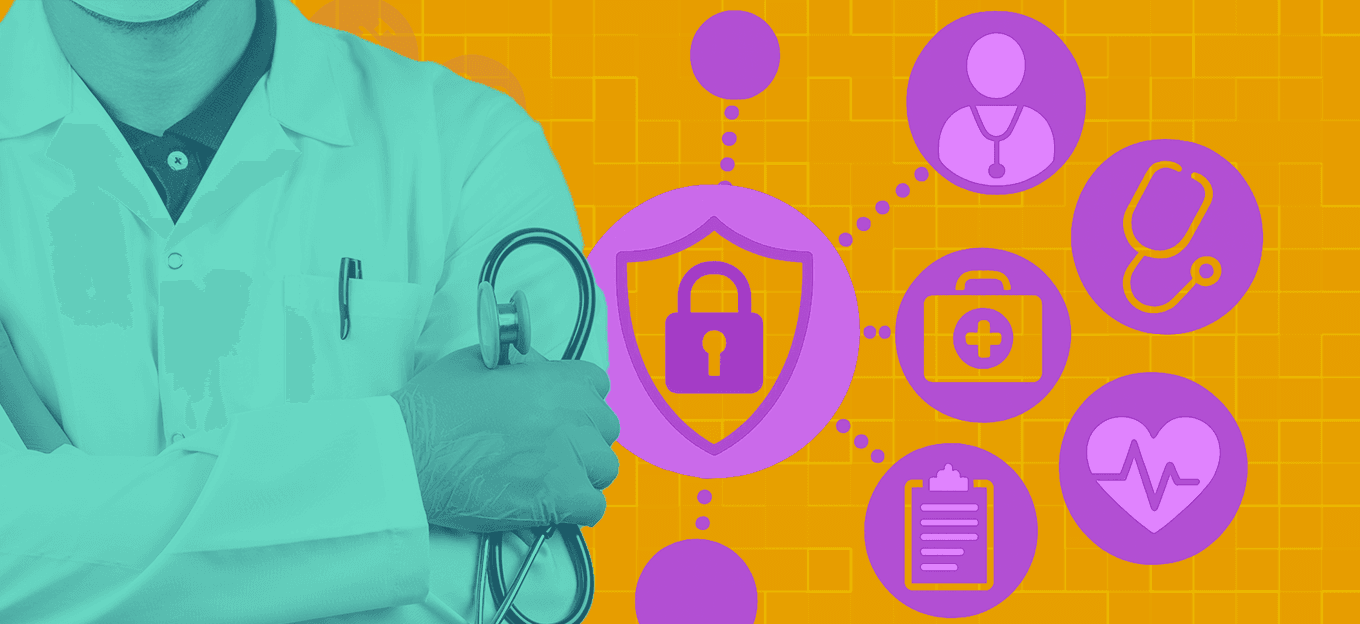How Energy Harvesting Will Improve Continuous Glucose Monitoring Systems
How Energy Harvesting Will Improve Continuous Glucose Monitoring Systems
- Last Updated: December 2, 2024
Atmosic Technologies
- Last Updated: December 2, 2024



During the past decade, IoT has helped to reshape the healthcare industry. Wearable medical devices have given patients and the medical staff taking care of them an easy way to monitor their vitals and detect issues before they become serious problems. One emerging use case for wearable medical devices is continuous glucose monitoring, a relatively pain-free way to track the real-time effects of food and exercise on one’s blood glucose levels.
Continuous Glucose Monitor
A continuous glucose monitor (CGM) is a compact medical system that continuously monitors one’s blood sugar levels in real-time. To use a CGM, one inserts a sensor just under the skin that includes a tiny cannula. This sensor measures glucose readings in interstitial fluid (the fluid that surrounds cells in the body) continuously day and night. A wireless transmitter (such as Bluetooth) attached to the sensor sends glucose levels to a display device – perhaps a mobile phone – which shows the user their blood sugar levels and can alert them when they are too high or low. One problem with traditional CGM solutions is that the transmitter, pump, and charger batteries need to be charged regularly since they are in constant use.
Wireless Technology
To help remedy this challenge while drastically eliminating unnecessary battery waste, the industry is increasingly turning to ultra-low-power wireless technology solutions. By leveraging energy harvesting and on-demand wake-up technologies, OEMs are building CGMs with extended battery life, eliminating the need for battery replacement for a significantly longer period of time. This means that energy-harvesting-powered CGMs won’t need to be charged, and the batteries won’t need to be replaced for the device's lifetime. Companies could also design CGMs that don’t require batteries at all, relying on low power technology to harvest power from RF, light, or heat energy sources.
Continuous Glucose Monitoring is emerging as a solid use case for the wearable medical device market.
Extended Battery Life
Continuous glucose monitoring systems with extended battery life, or those that run without any batteries, would be much more convenient for people to use, so they don’t have to worry about their medical device running low on batteries and perhaps miss out on critical health information being captured and communicated. Furthermore, battery waste significantly impacts the environment, so solutions that enable batteries to run for years without being replaced or that don’t require any batteries are much more environmentally friendly.
When the healthcare industry is facing staffing shortages, increasing efficiency while maintaining patient care has become a global priority. Lifelong battery or battery-free CGM solutions with cutting-edge, low-power technologies promise to help people worldwide monitor their health while enjoying the convenience of a device that always works without worrying about charging or replacing batteries.
The Most Comprehensive IoT Newsletter for Enterprises
Showcasing the highest-quality content, resources, news, and insights from the world of the Internet of Things. Subscribe to remain informed and up-to-date.
New Podcast Episode

IoT and AI in 2026
Related Articles





